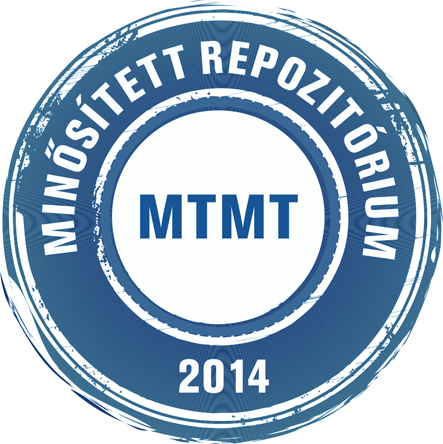Akhtar Parveen
Excitonic States and Excitation Energy Transfer in Plant Light-Harvesting
Complexes in Different Molecular Environments.
Doktori értekezés, Szegedi Tudományegyetem (2000-).
(2018)
(Kéziratban)
Előnézet |
PDF
(disszertáció)
Download (12MB) | Előnézet |
Előnézet |
PDF
(tézisfüzet)
Download (577kB) | Előnézet |
Előnézet |
PDF
(tézisfüzet)
Download (666kB) | Előnézet |
|
PDF
(kapcsolódó saját publikációk)
Download (9MB) |
Absztrakt (kivonat) idegen nyelven
Light-harvesting complex II (LHCII), the main light-harvesting antenna complex of plants, is a functionally flexible and mobile component of the photosynthetic membrane. Excitonic interactions between chlorophylls in the complex are the basis for fast and efficient excitation energy transfer (EET). In addition to its light-harvesting function, LHCII plays regulatory roles, e.g. balancing the energy flow between Photosystem II and Photosystem I (PSI) and activating photoprotective non-photochemical quenching (NPQ). These functions are controlled by the innate structural flexibility of the complex and its intermolecular interactions in the thylakoid membranes. The general aim of this thesis work is to clarify the changes in the molecular and excitonic structure of LHCII that are incurred by interactions with its environment, and how these changes affect EET in the complex and in the thylakoid membrane. Using CD and anisotropic CD (ACD) spectroscopy, we have identified specific changes in the excitonic states in LHCII related to protein-protein interactions in aggregates or induced by detergents and. Time-resolve fluorescence showed that the molecular environment strongly affects the excitation lifetime, hence the light-harvesting function, of LHCII. Due to self-segregation, LHCII formed protein-dense domains in reconstituted membranes wherein fluorescence quenching occurred with a mechanism similar to NPQ in vivo. The dynamics of EET in LHCII was followed by ultrafast two-dimensional electronic spectroscopy (2DES), resolving simultaneous uphill and downhill energy transfer pathways. Exciton equilibration in the Chl a domain was found to occur on timescales up to 5 ps at physiological temperature. EET in plant PSI–LHCI and isolated PSI core complexes were observed for the first time by 2DES. A refined kinetic model was proposed, according to which primary charge separation in PSI occurs after full equilibration of the excitations in the core antenna, with an effective time constant of 3–4 ps. Long-distance EET between LHCIIs and between LHCII and PSI was detected in reconstituted membranes. LHCII acted as efficient antenna of PSI increasing its functional antenna size by up to 50% with minor loss of photochemical efficiency.
| Mű típusa: | Disszertáció (Doktori értekezés) |
|---|---|
| Publikációban használt név: | Akhtar Parveen |
| Magyar cím: | A növényi fénybegyűjtő komplexek excitonállapotai és a gerjesztési energia vándorlása különböző molekuláris környezetekben |
| Témavezető(k): | Témavezető neve Beosztás, tudományos fokozat, intézmény MTMT szerző azonosító Lambrev Petar senior research associate, PhD, Biological Research Centre of the Hungarian Academy of Sciences 10025121 |
| Szakterület: | 01. Természettudományok > 01.06. Biológiai tudományok |
| Doktori iskola: | Biológia Doktori Iskola |
| Tudományterület / tudományág: | Természettudományok > Biológiai tudományok |
| Nyelv: | angol |
| Védés dátuma: | 2018. november 21. |
| Kulcsszavak: | light-harvesting complex II, photosynthetic membranes, excitation energy transfer, time-resolved fluorescence, two-dimensional spectroscopy |
| EPrint azonosító (ID): | 9895 |
| A mű MTMT azonosítója: | 30617656 |
| doi: | https://doi.org/10.14232/phd.9895 |
| A feltöltés ideje: | 2018. júl. 26. 11:55 |
| Utolsó módosítás: | 2020. jún. 30. 12:32 |
| Raktári szám: | B 6454 |
| URI: | https://doktori.bibl.u-szeged.hu/id/eprint/9895 |
| Védés állapota: | védett |
Actions (login required)
 |
Tétel nézet |

 Repozitórium letöltési statisztika
Repozitórium letöltési statisztika Repozitórium letöltési statisztika
Repozitórium letöltési statisztika




